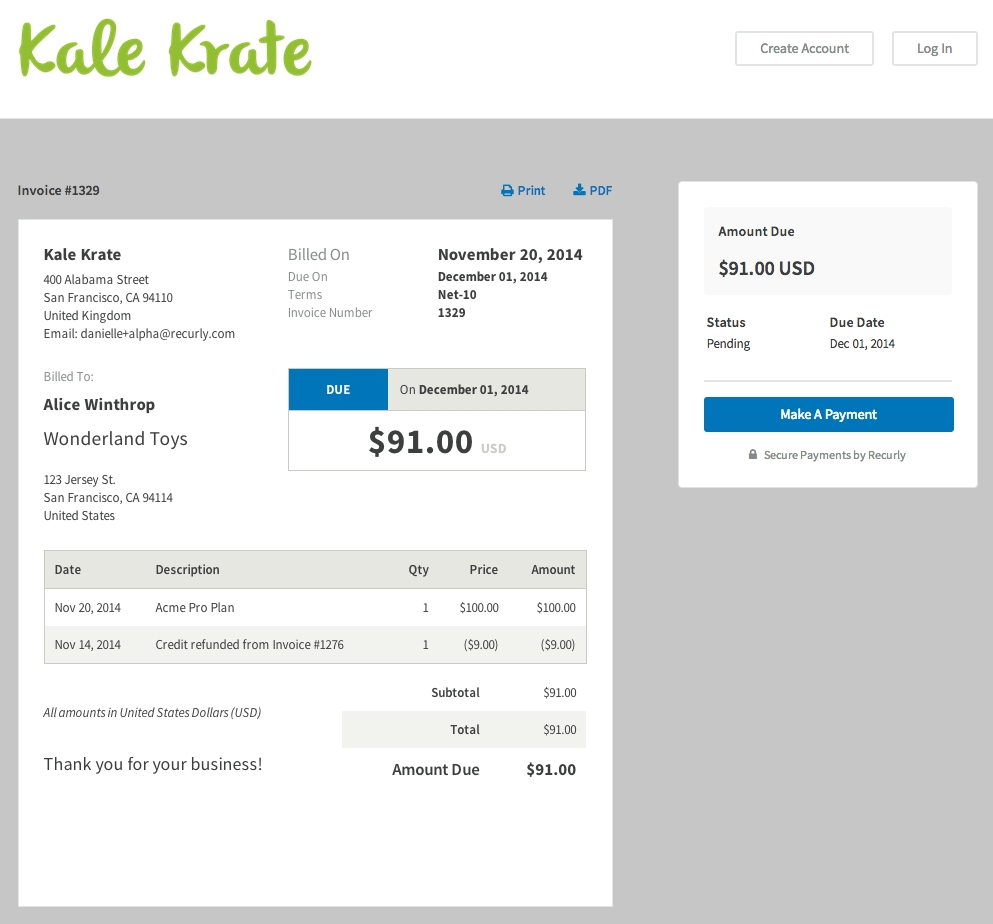1. Understanding Small Payments and Their Growing Importance
Small payments, or micropayments, refer to transactions that involve a minimal amount of money, often less than a dollar or even a few cents. With the rise of digital platforms and online services, these small transactions have become increasingly significant, enabling people to pay for single articles, in-app purchases, digital content, or even support creators on platforms like Patreon and Ko-fi. The convenience of small payments lies in their ability to make products and services accessible without the need for significant financial commitments, which is particularly appealing in the era of subscription fatigue and budget-conscious consumers.
2. How Small Payments Benefit Businesses and Consumers
For businesses, offering a small payment option provides an additional revenue stream and attracts a wider audience. Customers who might be hesitant to pay for a full subscription or make a large purchase often find it easier to part with a smaller amount to try a service or content. This pay-as-you-go model can increase customer engagement, as people feel they are only paying for what they use or enjoy. Additionally, for consumers, small payments allow for more freedom to access and enjoy content without committing to long-term subscriptions. This flexibility empowers consumers and can foster loyalty, as they feel more in control of their spending.
3. The Role of Technology in Facilitating Small Payments
Technology has played a critical role in making small payments viable and efficient. Payment gateways, digital wallets, and mobile payment systems have streamlined the process, reducing transaction fees that were once prohibitive for small amounts. Cryptocurrencies and blockchain technology have also opened new possibilities for small payments, enabling instant, borderless transactions without traditional fees. This technological evolution has made it easier for businesses to accept small payments and for consumers to make them seamlessly. Furthermore, the rise of contactless and QR-based payments has made small transactions convenient and accessible, transforming how we handle minor purchases in daily life.
4. Future Potential and Challenges of Small Payments
The future of small payments looks promising, with potential applications spanning various industries, from media and entertainment to e-commerce and charitable donations. As more people become accustomed to making small payments, businesses may find innovative ways to monetize content and products, moving away from the traditional ad-based revenue model. However, challenges remain, such as finding sustainable business models that can handle high volumes of small transactions and navigating regulatory landscapes that differ across countries. Additionally, cybersecurity concerns must be addressed to ensure that small transactions remain secure. Despite these challenges, the growing acceptance of small payments highlights their potential to shape the future of digital transactions.소액결제상품권




